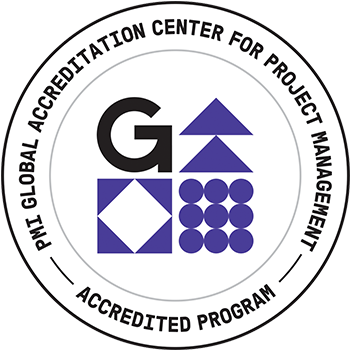

Paper: Determining Factors Affecting Public Private Partnership (PPP) Acceptance
Abstract: Over the last twenty five years many infrastructure projects have been successfully pursued through the Public Private Partnership (PPP) approach across the United States (US). While the PPP project delivery model remains same in principle, the PPP acceptance rate across the different States in the US has been significantly different. Literature review shows that researchers have identified factors that influence PPP projects at program level but the factors that influence end users’ point of view towards PPPs are not yet identified. The knowledge gap leaves Federal Agencies with minimal information to adequately plan for PPP success.
The main objective of this research is to identify factors that influence people’s PPP acceptance. Through logical reasoning we selected several demographic and road use factors that could influence end users’ PPP acceptance. The data for all such factors was obtained from several government sources for California, Florida and Texas. Using SPSS we conducted Principal Component Analysis (PCA) to identify the most influential factors. Results show that vehicle miles travelled, education, traffic count and gender distribution were the most influential factors affecting PPP acceptance.
Paper: Application of Kano Analysis for Identifying End Users’ Expectations from Public Private Partnerships
Abstract: Use of Public Private Partnerships (PPPs) has been increasing gradually in the United States over the past two and a half decade. Federal and state agencies put significant efforts to ensure that the long term PPP projects succeed. All important decisions like whether to pursue PPPs (or not), finalizing project deliveries, and others are finalized during the initial phases of a project. Since these decisions are taken during the initial phase of the project there is a high probability that the decisions could go wrong.
One such aspect of PPPs that could go wrong is the end users’ acceptance of PPPs. Literature review indicates that some PPP projects failed to attract sufficient end users leading to lower than expected revenue streams. The weak revenue streams have a potential of triggering the risk of renegotiation and thus creating a bad reputation for PPPs.
Through this research we are introducing Kano analysis for understanding and categorizing end users’ expectations for better implementation of PPPs. We are using Kano analysis to categorize end users’ concerns in five categories. The categorization will be of immense help to agencies prioritize their outreach initiatives. Through this research we present a questionnaire that can be used by public agencies with Kano analysis to gather people’s opinion about PPPs. Monte Carlo Simulation was used to create distributions of people and to demonstrate the application of Kano analysis. The paper concludes with suggestions and implications for the government agencies attempting to improve PPP outcomes.
Biography: Dr. Sharma is currently working as an Assistant Professor in the Department of Civil and Environmental Engineering at California State University, Fullerton. Before this, he worked as a full time Decision Science faculty in Merrick School of Business at University of Baltimore. He earned his PhD from University of Maryland, College Park. His research interests include Public Private Partnerships (PPPs), Value for Money (VfM), contract management, sustainability, climate change and clean energy initiatives.
Dr. Sharma devoted the majority of his research time towards improving PPPs practices including VfM assessment. He has worked on PPP financing optimization models; PPP feasibility guidelines, excel-based PPP feasibility analysis toolkit (known as P3FAST); and integrating qualitative and quantitative components of VfM assessment. He is open for collaborations and expanding his research domain.

